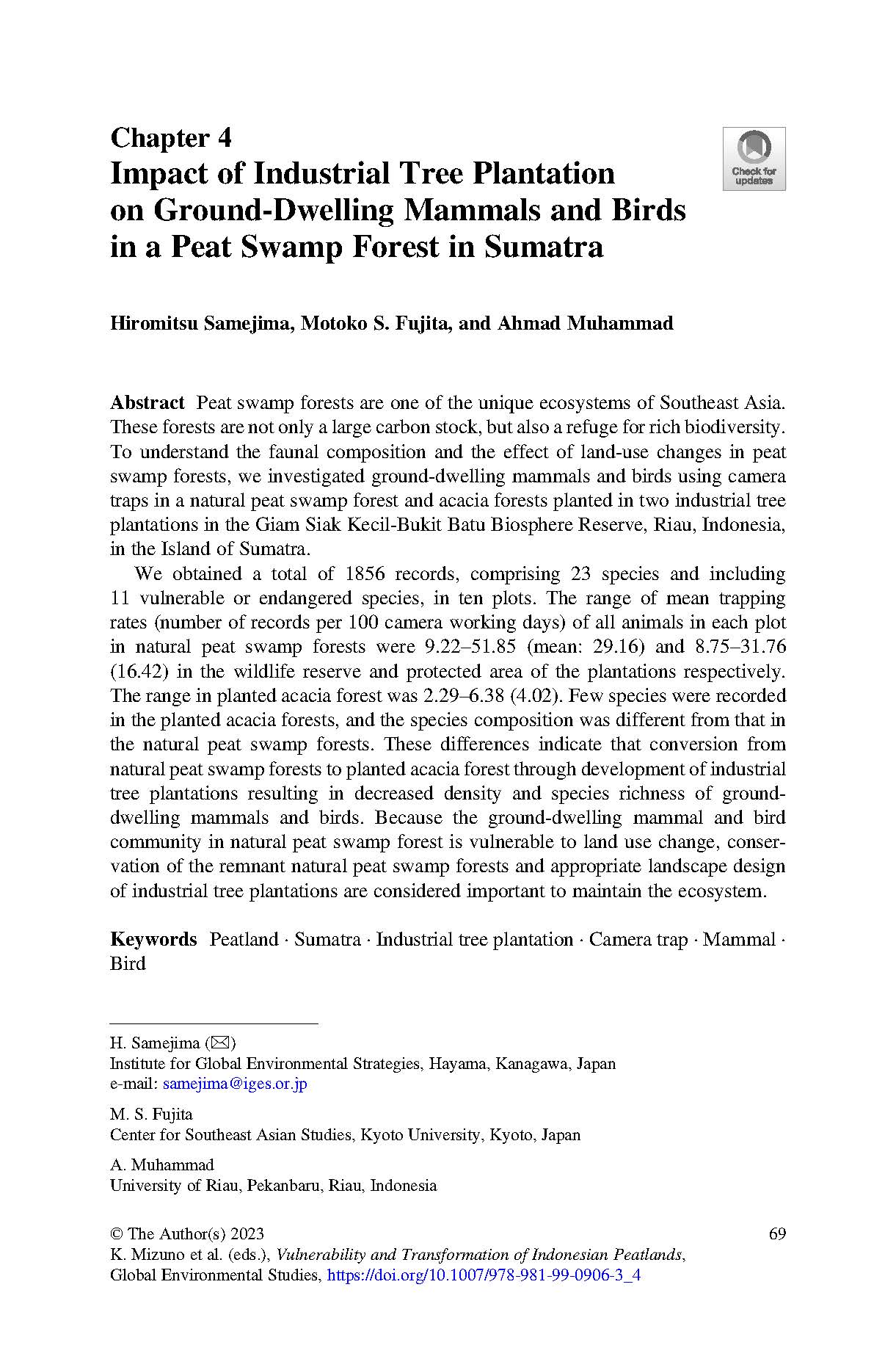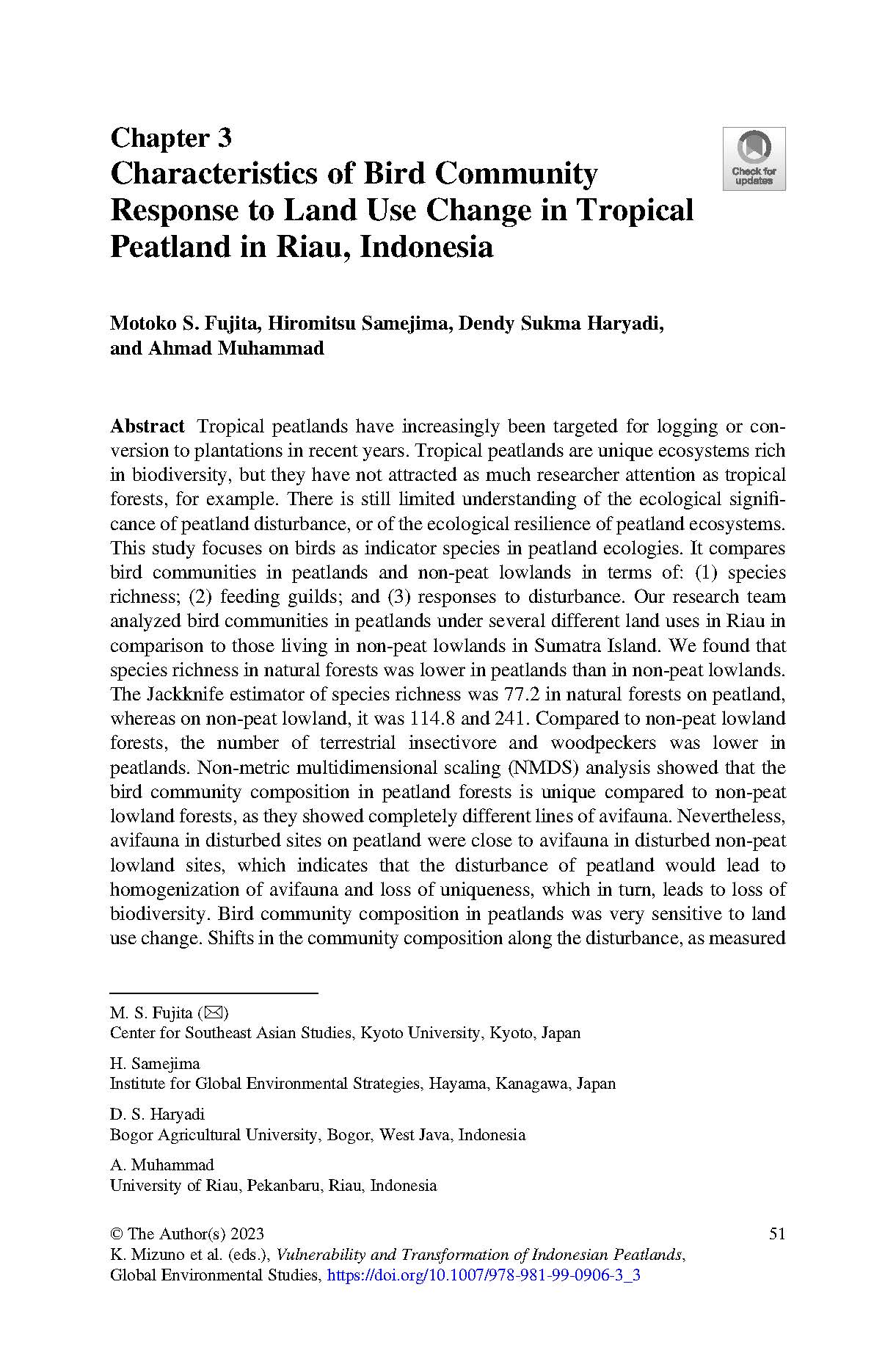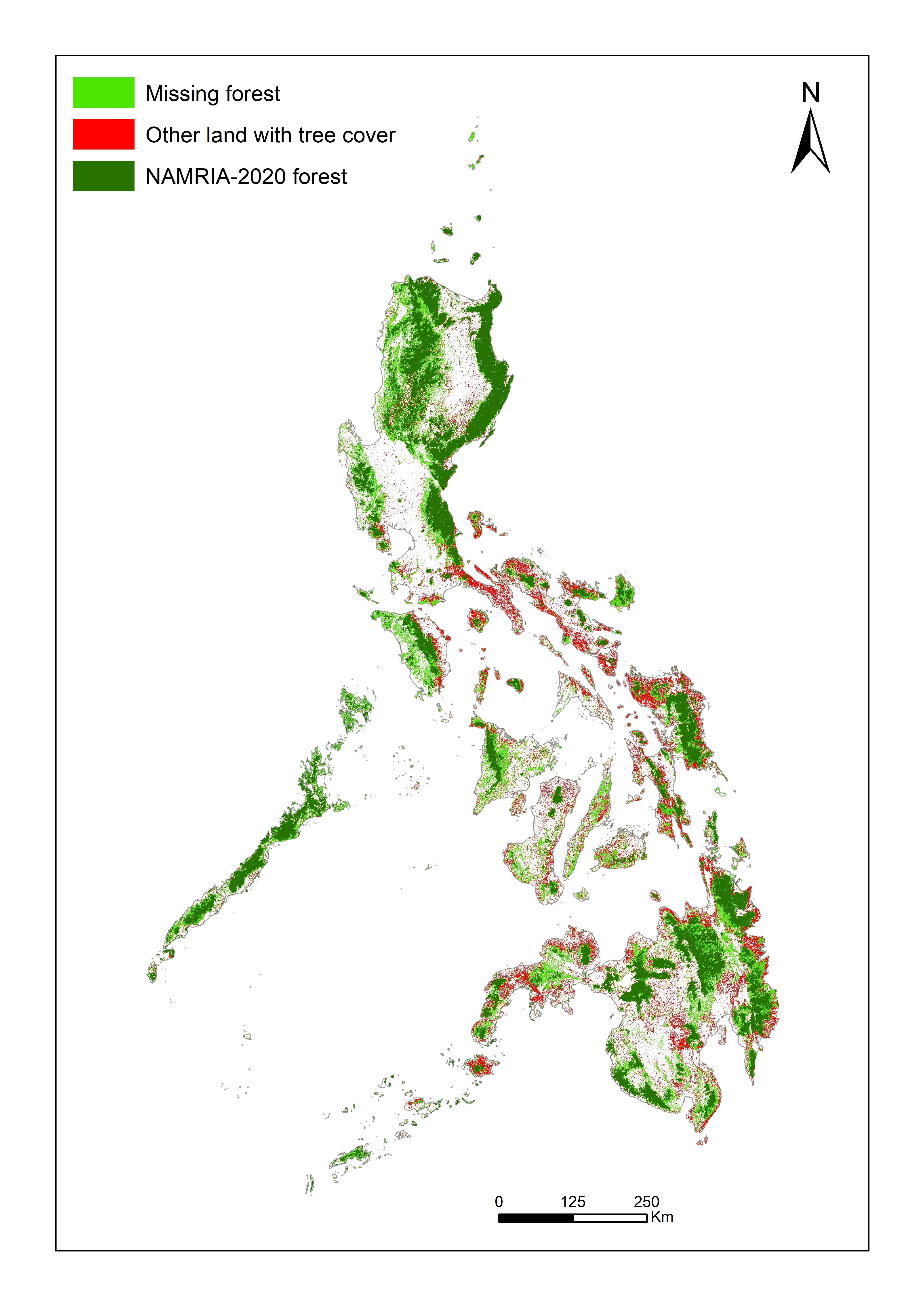In International Journal of Applied Earth Observation and Geoinformation
National monitoring of forests is essential for tracking progress towards various global environmental goals, including those of the Kunming-Montreal Global Biodiversity Framework and the Paris Agreement. Inconsistent national definitions of “forest”, however, can complicate the tracking of global progress towards achieving these goals. The FAO’s...





